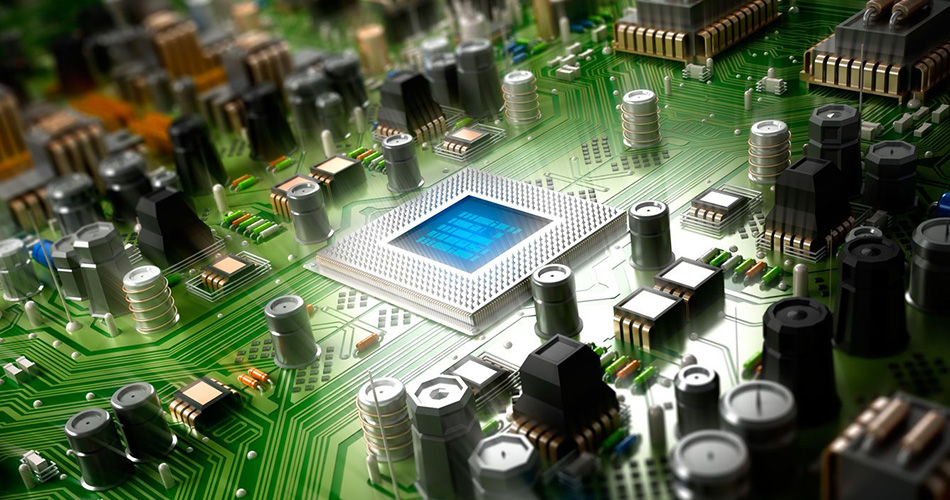- English
- Español
- Português
- русский
- Français
- 日本語
- Deutsch
- tiếng Việt
- Italiano
- Nederlands
- ภาษาไทย
- Polski
- 한국어
- Svenska
- magyar
- Malay
- বাংলা ভাষার
- Dansk
- Suomi
- हिन्दी
- Pilipino
- Türkçe
- Gaeilge
- العربية
- Indonesia
- Norsk
- تمل
- český
- ελληνικά
- український
- Javanese
- فارسی
- தமிழ்
- తెలుగు
- नेपाली
- Burmese
- български
- ລາວ
- Latine
- Қазақша
- Euskal
- Azərbaycan
- Slovenský jazyk
- Македонски
- Lietuvos
- Eesti Keel
- Română
- Slovenski
- मराठी
- Srpski језик
Protective coating technology in PCBA processing
2024-08-04
In the process of PCBA processing, protective coating technology plays a vital role. This article will discuss the protective coating technology in PCBA processing, including technical principles, application scenarios, advantages and precautions.

1. Technical principles
Protective coating technology refers to the coating of a protective layer on the PCBA (Printed Circuit Board Assembly) circuit board to play the role of waterproof, dustproof, anti-corrosion, and anti-electromagnetic interference. Its principles mainly include the following points:
Waterproof and dustproof: The protective coating can form a protective film to prevent moisture, dust and other external substances from entering the circuit board and protect the circuit components from damage.
Anti-corrosion: The protective coating has corrosion resistance, can resist the erosion of chemical substances, and extend the service life of the circuit board.
Anti-electromagnetic interference: Some protective coatings also have good anti-electromagnetic interference capabilities to protect the circuit from external electromagnetic interference.
2. Application scenarios
Protective coating technology has a wide range of application scenarios in PCBA processing, mainly including but not limited to the following aspects:
Outdoor equipment: For electronic equipment that needs to be used in outdoor environments, such as outdoor billboards, traffic lights, etc., protective coatings can effectively prevent moisture, dust, etc. from corroding the circuit board.
Industrial control equipment: Industrial control equipment usually faces severe working environments, and protective coatings can protect circuit boards from chemicals and corrosive gases.
Medical electronic equipment: Medical electronic equipment has high environmental requirements, and protective coatings can provide an additional layer of protection to ensure stable operation of the equipment.
Automotive electronics: In the field of automotive electronics, protective coatings can protect circuit boards from the influence of the internal environment of the car and extend the service life of electronic equipment.
3. Advantages
The use of protective coating technology has the following advantages:
Enhance durability: Protective coatings can provide an additional layer of protection to enhance the durability and stability of circuit boards.
Reduce maintenance costs: Protective coatings can reduce damage to circuit boards caused by the external environment and reduce the maintenance cost of equipment.
Improve reliability: Protective coatings can prevent circuit boards from short circuits, open circuits and other faults caused by moisture, dust, corrosion and other factors, and improve the reliability of equipment.
4. Precautions
When using protective coating technology, you need to pay attention to the following matters:
Select appropriate coating materials: Select appropriate protective coating materials according to the use environment and needs of the circuit board to ensure that it has good protective performance.
Coating uniformity: When applying the protective coating, ensure uniformity to avoid leakage or clogging caused by uneven coating.
Thickness control: Control the thickness of the coating to ensure that the coating thickness meets the requirements and is not too thick or too thin.
Quality inspection: Perform quality inspection on the protective coating after coating to ensure that its protective effect meets the requirements.
Conclusion
Protective coating technology plays an important role in PCBA processing. By providing an additional protective layer, it protects the circuit board from the influence of the external environment and improves the reliability and durability of the equipment. When applying protective coating technology, it is necessary to pay attention to selecting appropriate coating materials, ensuring coating uniformity and thickness control, and conducting quality inspections to ensure that the effect of the protective coating meets expectations and provide guarantees for the long-term stable operation of electronic equipment.
-
Delivery Service






-
Payment Options









